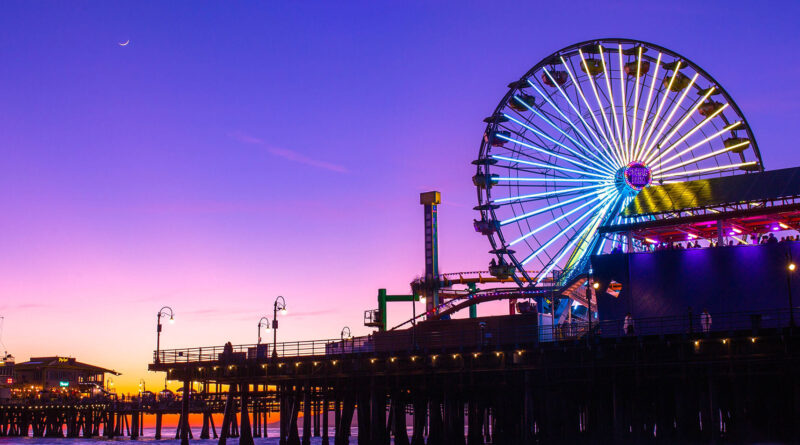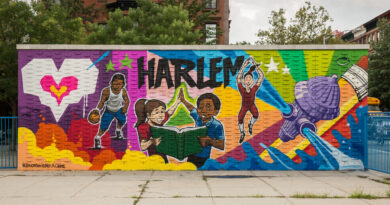History Of Santa Monica California
Santa Monica, California is a coastal city located in the western part of Los Angeles County. It has a rich history that dates back to the Tongva people, who were the original inhabitants of the area.
In the late 1700s, the Spanish arrived in the region and established the San Gabriel Mission, which brought Christianity to the Tongva people. The mission also brought new forms of agriculture, such as vineyards and orchards, which helped to transform the landscape.
In the mid-1800s, Santa Monica was officially founded by a group of entrepreneurs who saw the potential of the area as a tourist destination. They built a wharf, which became a major hub for trade and transportation, and also developed a hotel and a amusement park to attract visitors.
During this time, Santa Monica also became known for its health benefits, with many people visiting the area for its mild climate and clean air. This led to the development of several health resorts, including the famous Ocean Park Bathhouse, which was built in the early 1900s and was a popular destination for people seeking to improve their health.
The city continued to grow and develop throughout the 20th century, with the opening of the Santa Monica Airport in the 1920s, and the construction of the famous Santa Monica Pier in the 1930s. The pier was a popular destination for tourists and locals alike, and featured a variety of attractions, including an amusement park, an aquarium, and a carousel.
In the post-World War II era, Santa Monica experienced a period of rapid growth and urbanization, with many new housing developments and businesses popping up throughout the city. This period also saw the development of the famous Santa Monica Boulevard, which became a major thoroughfare for the city.
In the 1960s and 1970s, Santa Monica became known for its counterculture and progressive politics, with many young people and artists moving to the area. This led to the development of a vibrant arts and music scene, and the city became a major destination for visitors interested in the counterculture movement.
Today, Santa Monica is known for its beautiful beaches, lively atmosphere, and diverse community. It is a popular tourist destination, attracting millions of visitors every year. The city is also home to a number of cultural and educational institutions, including the Santa Monica College, which is a public community college, and the Santa Monica Museum of Art, which is a non-profit contemporary art museum.
Santa Monica has a rich and diverse history, which has been shaped by the people who have called it home over the centuries. From the Tongva people, to the Spanish settlers, to the entrepreneurs and developers of the late 1800s, to the counterculture movement of the 1960s, Santa Monica has been shaped by the diverse people who have called it home. Today, the city continues to evolve and change, and is a vibrant and exciting place to visit and to call home.
Discover more from City Towner
Subscribe to get the latest posts sent to your email.




